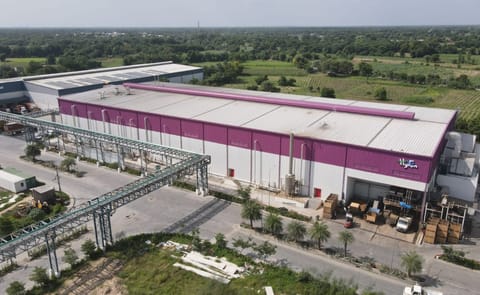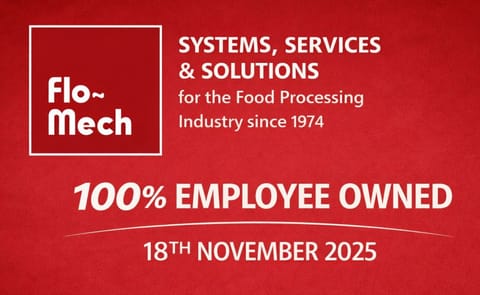The global market for sustainable packaging is forecast to reach $142.42 billion by the year 2015, according to a new report.
Increased awareness about environmental hazards related to disposal and recycling of packaging wastes, government initiatives to minimize greenhouse gas emissions, and stringent regulations are driving the growth of sustainable packaging, according to Global Industry Analysts (GIA).
Sustainable packaging involves the use of sustainable raw materials such as recycled materials and renewable resources. Companies are offering novel packaging designs, with improvements in several key performance areas, such as environment-friendliness, simplicity, material saving, and cost reduction without compromising on ease of use and convenience.
Unlike other segments of the packaging industry, sustainable packaging registered impressive growth during the period 2008-2009, and has been immune to the economic downturn. Sustainability helped companies as a medium to cut costs and reduce packaging waste using recycled and reusable materials.
Europe and the US represent the largest regions for sustainable packaging, together accounting for more than 70% of the global market. With sustainable packaging progressively becoming a mainstream global trend, several companies are adopting green packaging as a marketing tool. In addition, manufacturers are presently under pressure to use environment-friendly materials, and adopt methods that require low-energy consumption and reduce adverse environmental impact of packaging.
Asia-Pacific is poised to witness the fastest growth in terms of use of green packaging, increasing at a CAGR of more than 10% during 2007 through 2015.
In terms of market segmentation, the recycled material constitutes for the largest packaging category, contributing for close to 90% of the total demand in the US. However, biodegradable are witnessing growing demand from the packaging industry, and represent the fastest growing segment. Biodegradable materials are easily decomposed by microorganisms, and reduce packaging waste. Among biodegradables, bioplastics are registering increased demand in the green packaging market.
Key markets using sustainable packaging include cosmetics and personal care, food and beverage, food service and shipping markets, healthcare, and others. The increased demand for sustainable packaging in these end-use sectors is evident by the recent product launches with sustainability features. Sustainable packaging is witnessing increased demand from cosmetic and personal care industries, mainly due to growing consumer preference for eco-friendly plastic packaging materials. More than 600 new beauty products with green label were introduced in Europe alone during the past two years.
Several food companies are announcing plans to switch to compostable biopolymer packaging. Meanwhile unlike the food and beverage, and cosmetic industries, the medical sector still lags behind for sustainable packaging materials. Cost and regulatory concerns, poor recycling infrastructure, and limited consumer demand are few factors responsible for restricting the medical device and pharmaceutical industries to switch to sustainable packaging.
Key players in the global sustainable packaging market include Associated Packaging Technologies Inc., Amcor Ltd., Ball Corp. (NYSE: BLL), Bemis Company Inc. (NYSE: BMS), Biopack Environmental Solutions Inc. (UZZB.F), Constar International Inc. (QCN.F), Crown Holdings Inc. (NYSE: CCK), Earthcycle Packaging Ltd., EnviroPAK Corp., E. I. Du Pont de Nemours and Company (NYSE: DD), Georgia-Pacific LLC, Graphic Packaging Holding (NYSE: GPK), Huhtamäki Oyj, Innovia Films Ltd., MeadWestvaco Corp. (NYSE: MWV), NatureWorks LLC, Owens-Illinois Inc. (NYSE: OI), Pactiv Corp. (NYSE: PTV), Plantic Technologies Ltd. (PLNT.L), Plastipak Packaging Inc., Printpack Inc., Rexam Plc., Saint-Gobain SA, Sealed Air Corp. (NYSE: SEE), Silgan Holdings, Inc. (Nasdaq: SLGN).
Primaire tabs
Sustainable Packaging Industry to Reach $142B by 2015
Like to receive news like this by email? Join and Subscribe!
Get the latest potato industry news straight to your WhatsApp. Join the PotatoPro WhatsApp Community!
Uitgelichte Bedrijven
Sponsored Content
Sponsored Content
Sponsored Content
Sponsored Content








